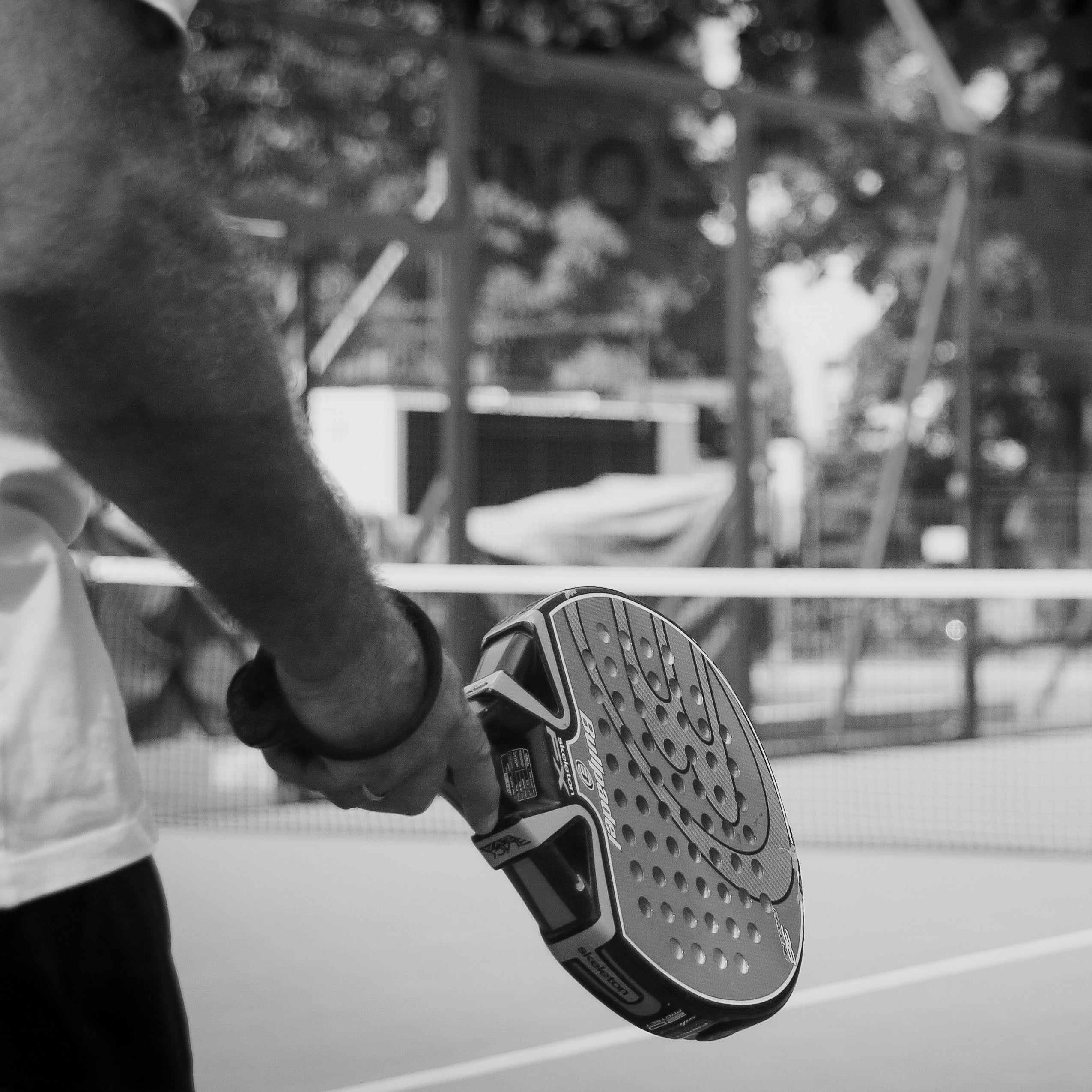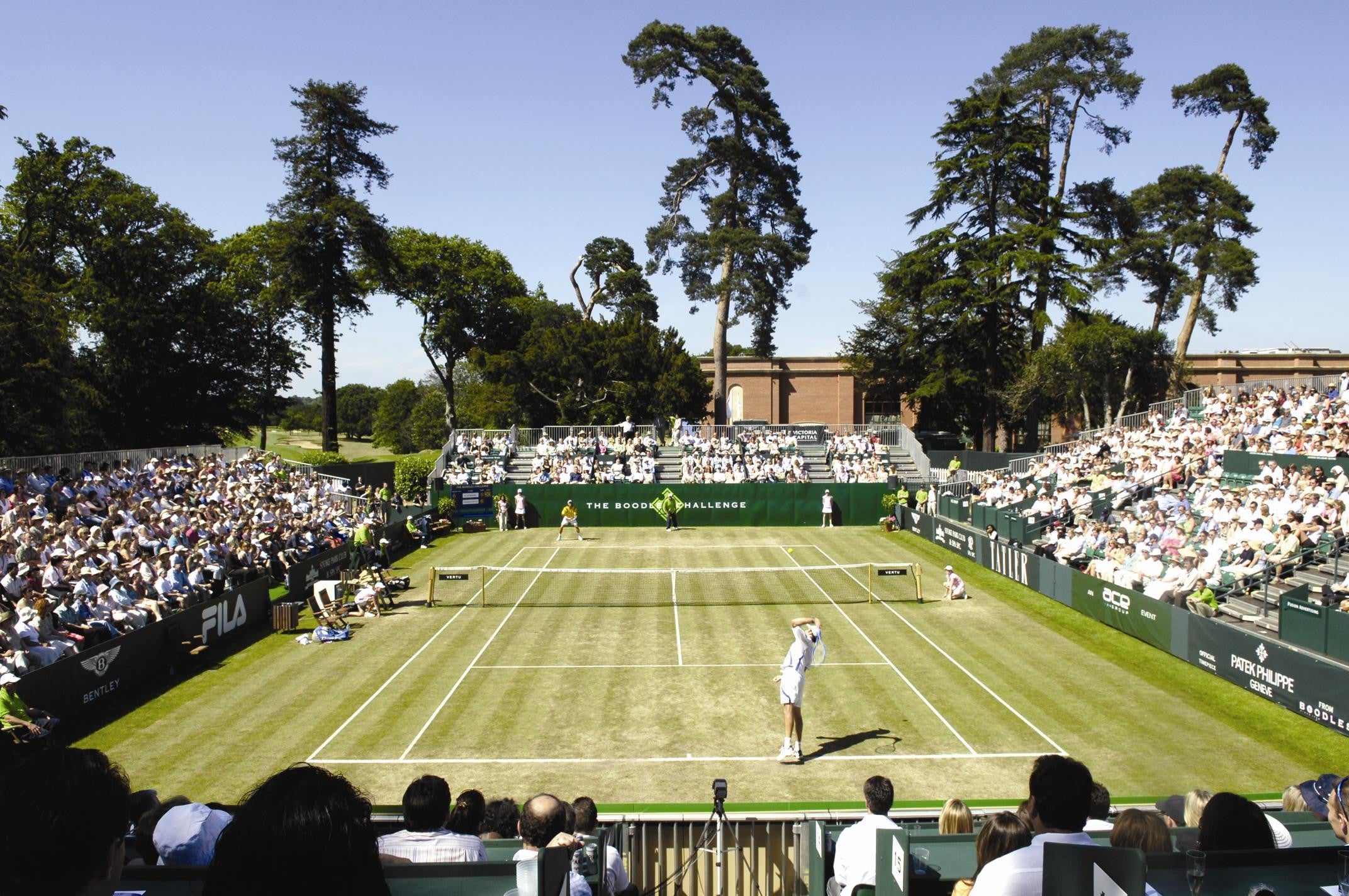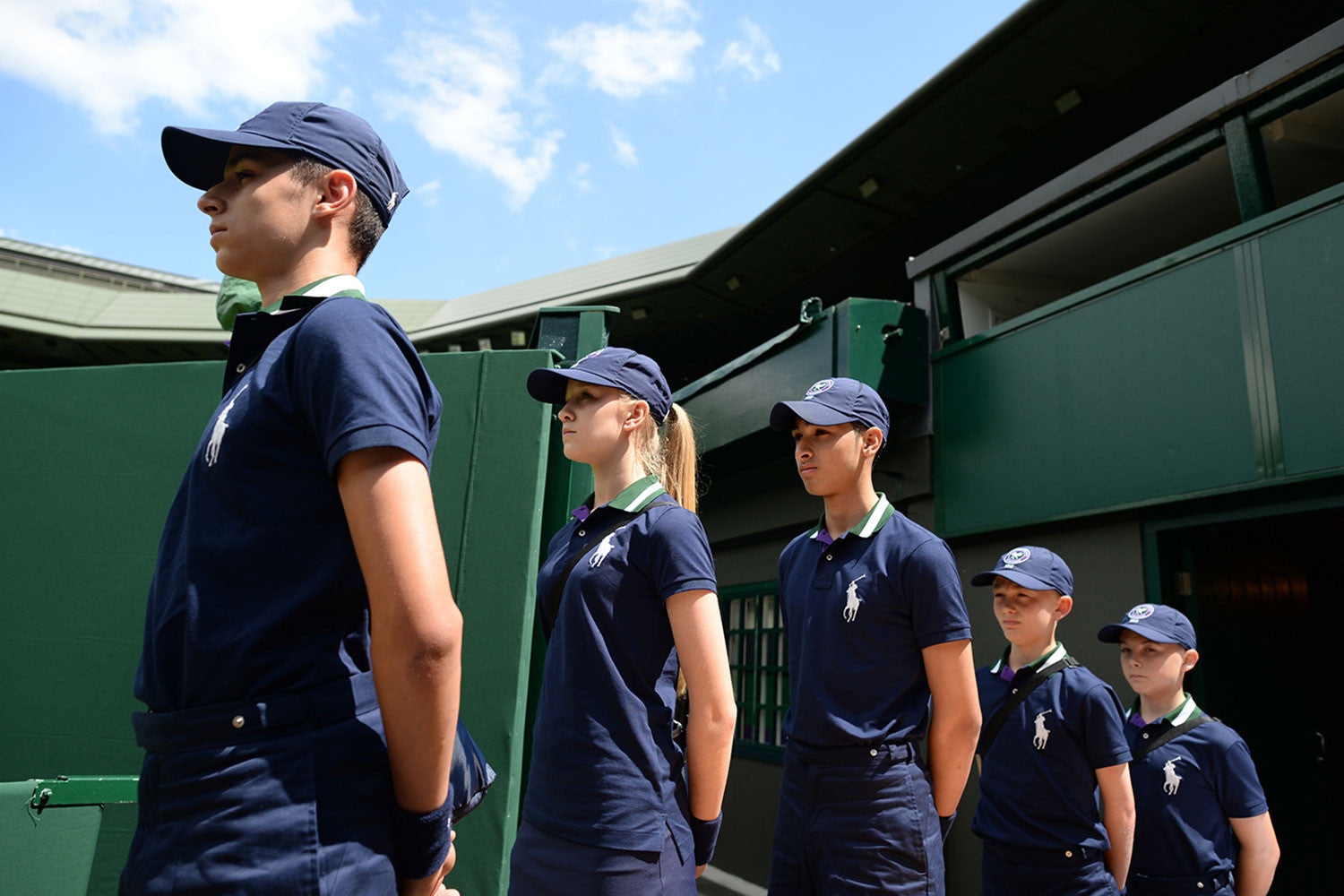
The spotlight is deservedly being shone on Nadal's historic title in Monte Carlo right now. It's his 10th victory at this prestigious tournament, which is an unprecedented achievement, and his 50th title on clay too. There's no doubt that Nadal is a master.
(For a summary of what happened, take a look here.)
But as momentous as this victory is, we're more interested in why it took place, and how. That way, we hope you can take what we've observed and apply it to your game in some way. Maybe it'll help you to improve your performance, whether mental or physical.
#1: Psych-out
As with most memorable sports victories, there are many factors at play. But on this occasion, we believe it's worth starting out with Nadal's fateful opponent and World #19: Albert Ramos-Vinolas.
This Spaniard is no stranger to elite-level tennis. In fact, he beat current World #1 Andy Murray amongst others on his way to this, his current career high. And yet, when it came to the much talked-about final in Monte Carlo, there was no argument about his 6-1 6-3 loss.
One article stated that Ramos-Vinolas, following a decisive first set from Nadal, was 'overawed' by the situation. Could it be that Nadal was simply a better player? Maybe. We think it's more likely that Ramos-Vinolas simply, at least to some extent, let his opponent's reputation as the King of Clay get the better of him. This kind of internal battle is as common as it is fatal for your game. Some would say that it's this that condemned Ramos-Vinolas to defeat before the match had even started. This video is great for anyone out there who feels the pressure of an intimidating opponent:
#2: Micro improvement
Nadal and his peers are viewed as being the pinnacle of tennis skill, flair and athleticism. And with this kind of idolisation comes an expectation of how they should perform. They have to be the best. Their best. And that means their performance can never plateau, because someone will always be biting at their heels.
The fact that Nadal trains hard is almost a given. But what's key is that he continuously improved even within the parameters of the Monte Carlo tournament. It's not always big, foundational improvements; post-match interviews testify that he acknowledges the need to improve his forehand, and his serve for example. The fact that he does acknowledge them, though, means he has the power to do something about them. And he does - hence the historic victory.
The key here is the ability to be mindful, and in the most positive way possible, self-critical. By clocking the ways in which you're underperforming in real-time, you're forging a relationship with your game that's ever evolving and ever improving.
#3: Patience in the face of injury. Focus in the face of pressure.
Nadal's reputation precedes him. But while his skill and abilities are unquestionable, the world's expectations for how he should perform are incredibly high - and with that comes a huge amount of pressure.
On top of that, Nadal has been forced to skip 9 major tournaments in recent years due to a variety of injuries. That means when he does perform, the world is watching closely.
He has two notable successes on this front.
The first is patience and acceptance. Nadal recognises that injury is a part of sport and a part of life, and that despite his thirst for domination, he needs to allow himself to recover and picks his battles carefully. As far as his career goes, this allows him to thrive when he needs to thrive.
"I can imagine when I come back I will need time to practice and practice more and more every day, maybe that will take one month and a half.
"The most important thing is to continue with the treatment ... when I don't feel nothing, hopefully that will happen soon, I will come back on the tennis court."
- Rafael Nadal
The second is focus. Despite the millions of eyes watching his performances, Nadal is adept at maintaining a natural zen-like focus. According to Live Science, this comes down to 9 principles:
1. Challenge-skills balance is achieved when you have confidence that your skills can meet the challenge in front of you.
2. Action-awareness merging is the state of being completely absorbed in an activity, with tunnel vision that shuts out everything else.
3. Clear goals come into focus when you know exactly what is required of you and what you want to accomplish.
4. Unambiguous feedback is constant, real-time feedback that allows you to adjust your tactics. For example, fans and coaches will let you know how you're doing.
5. Concentration on the task at hand, with laser-beam focus, is essential.
6. Sense of control is heightened when you feel that your actions can affect the outcome of the game.
7. Loss of self-consciousness occurs when you are not constantly self-aware of your success.
8. Transformation of time takes place when you lose track of time due to your total focus on the moment.
9. Autotelic experience is achieved when you feel internally driven to succeed even without outside rewards. You do something because you love to do it.
(Csíkszentmihályi, 1990)
If you can focus on mastering each one of these, as well as take the time you need to prepare, and prevent yourself from being psyched out by your opponent's reputation, your game will improve dramatically.
It's likely that Nadal met these principles to the letter; let us know how you get on!
PlayBrave





